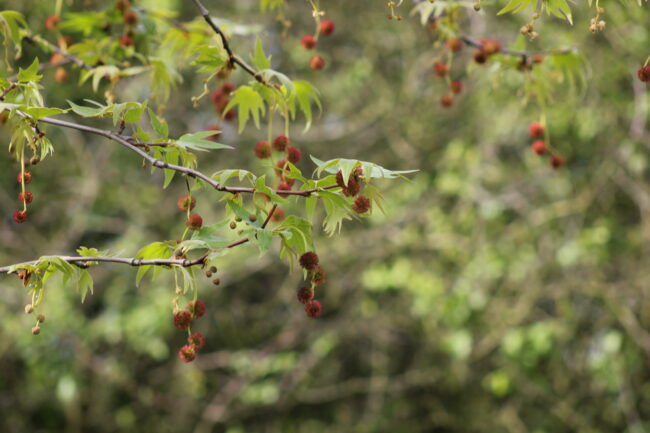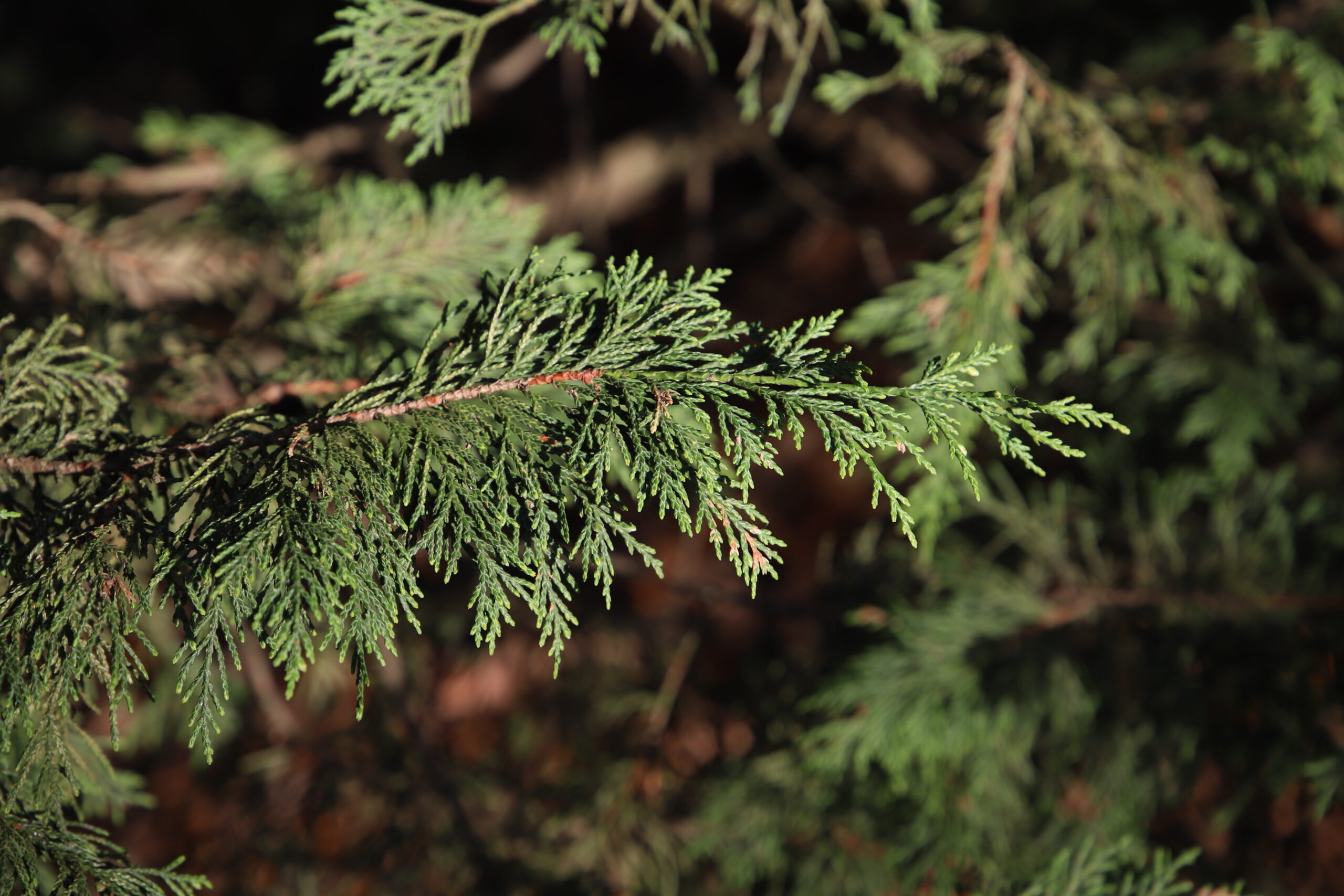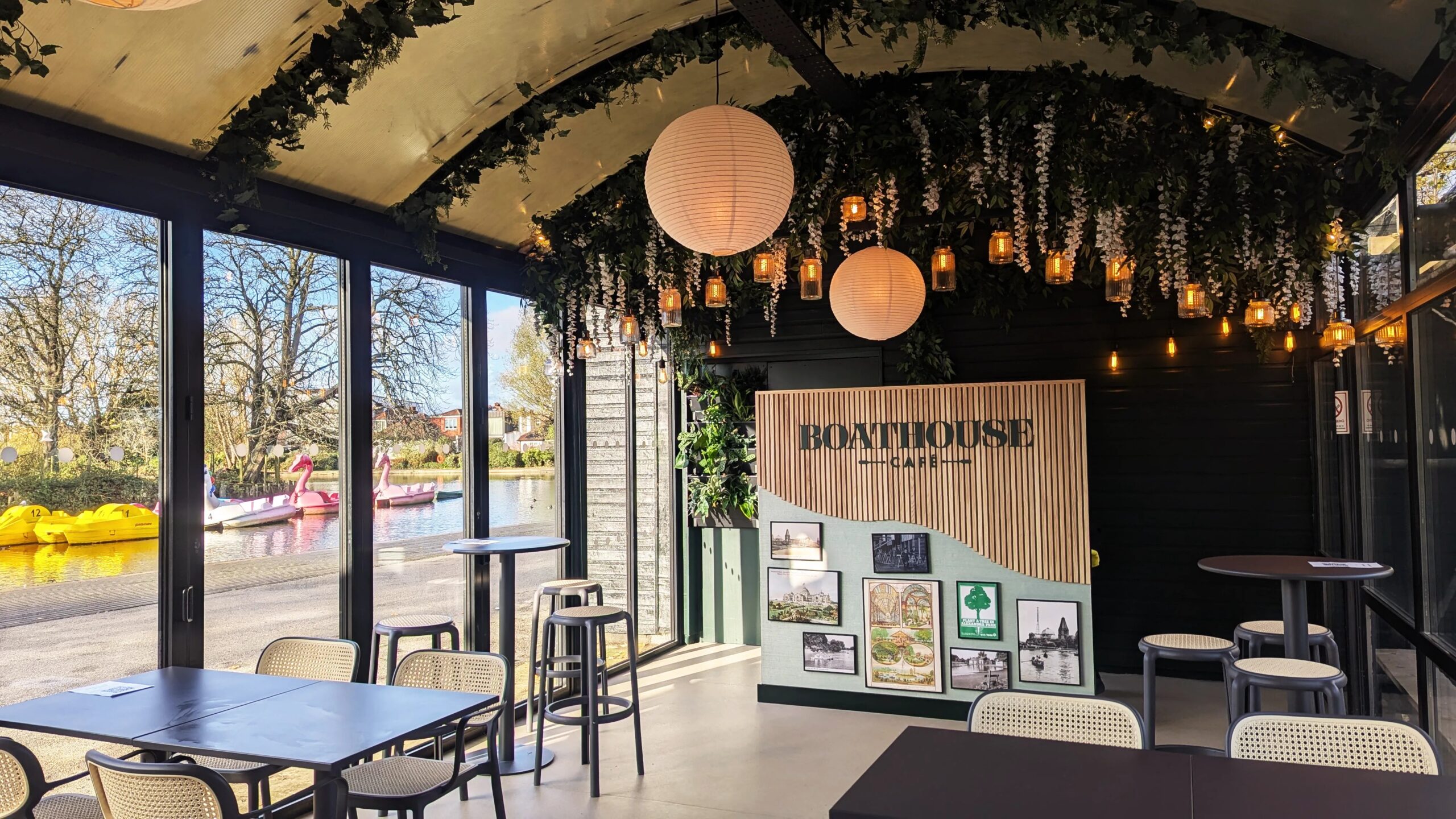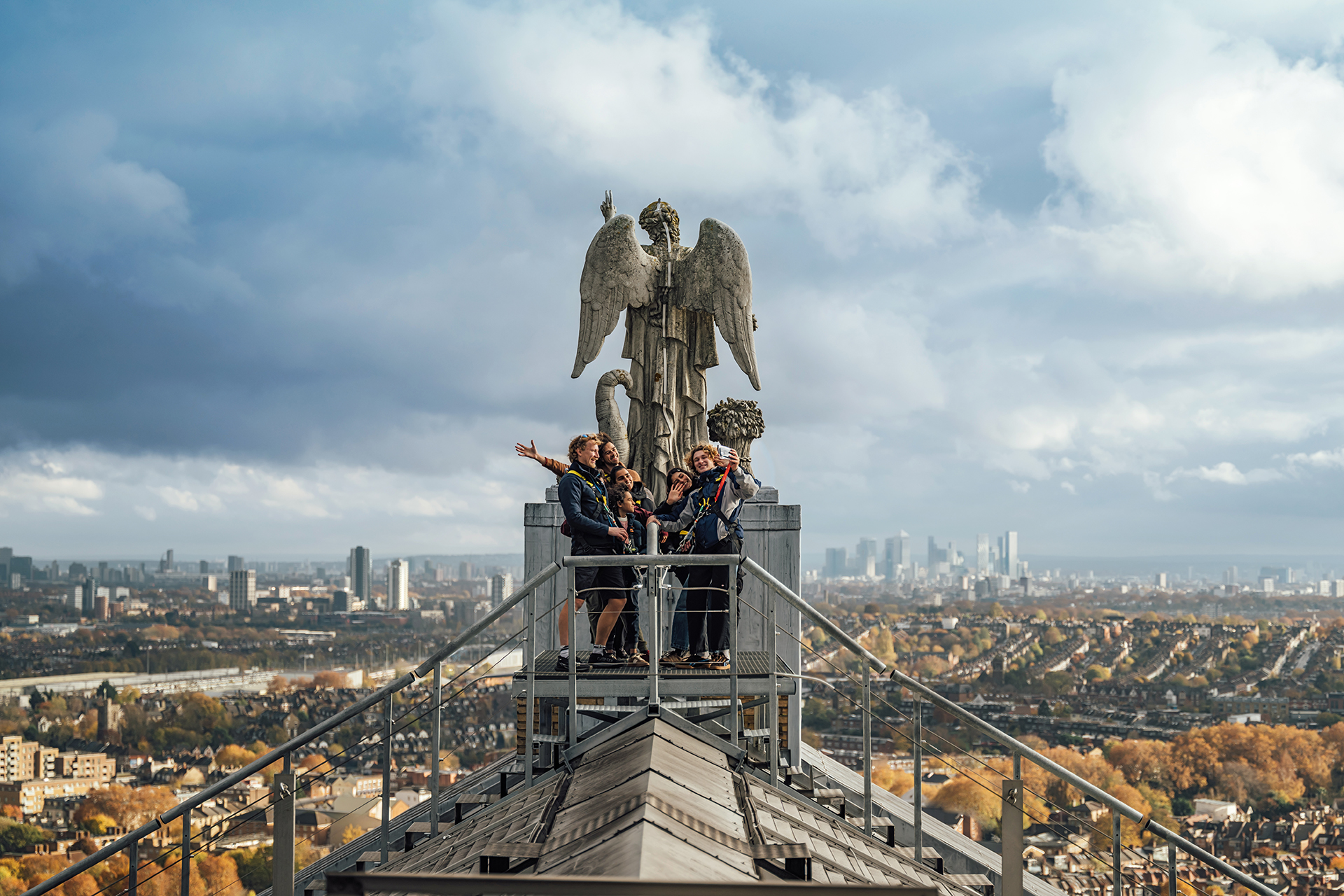There are more than 7,000 trees in Alexandra Park and our resident expert, Stephen Middleton from The Friends of Alexandra Park, is introducing us to some of this favourites.
King Xerxes of the Persians stopped to admire a tree on the way to fight the Greeks. He was so impressed with the Oriental Plane (Platanus orientalis) that he decorated it with gold. Unfortunately this didn’t bring him luck as he went on to lose the battle of Thermopylae.
Our June Tree of the Month is located at the bottom of the western side of the grassy slope under Alexandra Palace just below the “middle path” and about 20 metres to the east of the steep tarmac path. It is the only tree of its type in the park.
The oriental plane is one “parent” tree of the more well-known hybrid tree, the London plane, which graces London’s parks and streets. (The other parent is the Western Plane from North America.)
In the wild our tree of the month is likely to be found growing near water where it can grow up to 30m high.
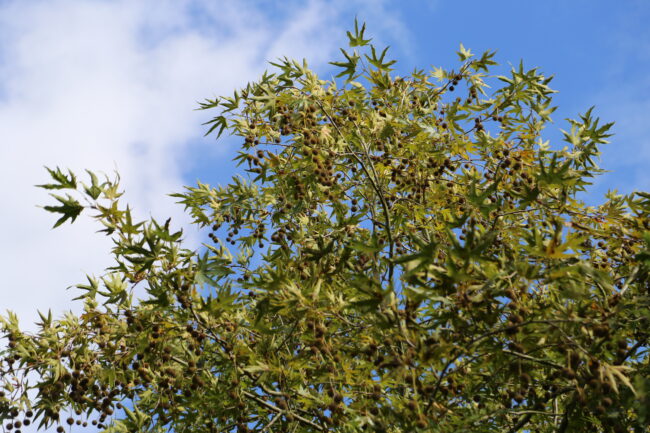
The oriental plane was first brought to these shores in the mid 16th century. The chinar (or chenar) as it is called in Iran is native to a region stretching from the Balkans to central asia.
There are separate yellow male and red female balls of flowers. The male balls disintegrate spreading pollen and the female flowers stay on the tree to produce the seeds. These seed balls normally come in groups of three to six whereas the London plane normally has only up to three together.
The palmate (hand-like) leaves of the oriental plane tree resemble the leaves of maple trees, but the trees are unrelated with very different looking fruit. Also the leaves of planes alternate left and right going along a stem whereas in maples each leaf is paired with a partner opposite.
The leaves are also very similar to those of the London plane, but have more indented leaves. Our particular tree is probably the ‘Digitalis’ clone which is particularly finger-like.
Romans thought that the tree thrived by being given wine to help it grow. Modern horticulturists are less likely to favour this technique.
The leaves and bark have been used as an astringent (drying agent) to dry out the skin. The wood is used in veneers and is said to be the wood that made up the wooden horse of Troy.
The London plane tree was a previous tree of the month back in June 2023.
